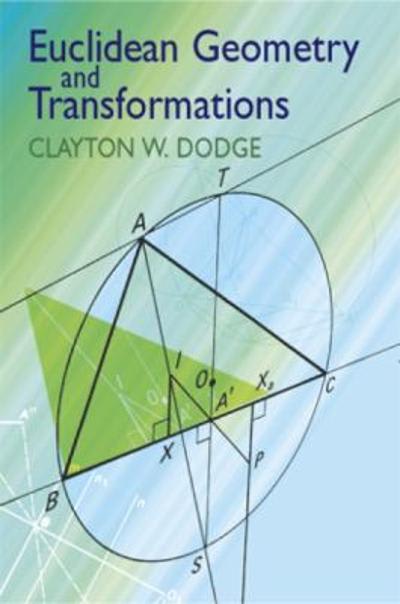Question
A researcher randomly sampled 30 graduates of an MBA program and recorded data concerning their starting salaries. Of primary interest to the researcher was the
A researcher randomly sampled 30 graduates of an MBA program and recorded data concerning their starting salaries. Of primary interest to the researcher was the effect of gender on starting salaries. The result of the pooled-variance t-test of the mean salaries of the females (Population 1) and males (Population 2) in the sample is given below.
| Hypothesized Difference | 0 |
| Level of Significance | 0.05 |
| Population 1 Sample | |
| Sample Size | 18 |
| Sample Mean | 99210 |
| Sample Standard Deviation | 13577 |
| Population 2 Sample | |
| Sample Size | 12 |
| Sample Mean | 105820 |
| Sample Standard Deviation | 11741 |
| Difference in Sample Means | -6610 |
| tTest Statistic | -1.37631 |
| tTest Statistic | |
| Lower Critical Value | -1.70113 |
| p-Value | 0.089816 |
18. The researcher was attempting to show statistically that the female MBA graduates have a significantly lower mean starting salary than the male MBA graduates. The proper conclusion for this test is:
a) At thea= 0.10 level, there is sufficient evidence to indicate a difference in the mean
starting salaries of male and female MBA graduates.
b) At thea= 0.10 level, there is sufficient evidence to indicate that females have a lower
mean starting salary than male MBA graduates.
c) At thea= 0.10 level, there is sufficient evidence to indicate that females have a higher
mean starting salary than male MBA graduates.
d) At thea= 0.10 level, there is insufficient evidence to indicate any difference in the
mean starting salaries of male and female MBA graduates.
19. The researcher was attempting to show statistically that the female MBA graduates have a significantly lower mean starting salary than the male MBA graduates. What assumptions were necessary to conduct this hypothesis test?
a) Both populations of salaries (male and female) must have approximate normal distributions.
b) The population variances are approximately equal.
c) The samples were randomly and independently selected.
d) All of the above assumptions were necessary.
20. What is the 99% confidence interval estimate for the difference between two means?
Step by Step Solution
There are 3 Steps involved in it
Step: 1

Get Instant Access to Expert-Tailored Solutions
See step-by-step solutions with expert insights and AI powered tools for academic success
Step: 2

Step: 3

Ace Your Homework with AI
Get the answers you need in no time with our AI-driven, step-by-step assistance
Get Started


